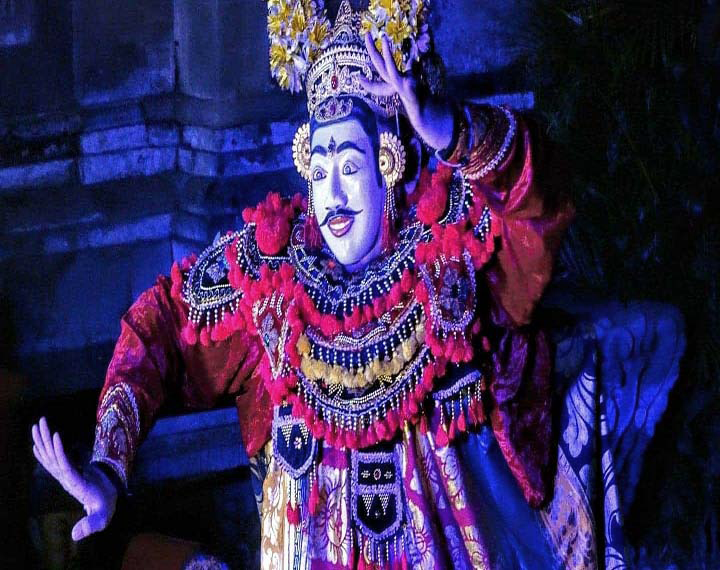Ubud Art & Culture
Amidst stunning scenery, Ubud, the “cultural heart of Bali” is a must see for travellers to Bali. There is a thriving arts & crafts industry in Ubud & surrounding villages. The area has outstanding restaurants and fantastic shopping. Balinese Dance is one of Ubud’s most popular attractions, and with its religious importance, elaborate costumes, and mythological symbolism, it is easy to see why. Balinese dance performances are a spectacle of colors, music, choreography, beautiful costumes, accompanied by sounds of gamelan music. For the Balinese, dance is as important to their religious tradition as visiting a temple. Many times a dance will be incorporated into the ceremony, and tourists are welcome to watch (just be sure to wear the appropriate attire). Each dance tells a different story in Balinese Hinduism, and has been preserved for centuries.
There are two main options to view a dance; either at a performance put on for tourist, or at a temple ceremony. Either way you go, it is a true Balinese experience, and should be on your checklist of things to do.
Tourist performance will be the most accessible as you can arrange tickets through your hotel/home stay or from a number of ticket sellers on the street (typical price around 80,000 RP). The show will last around 1 – 2 hours, and all proceeds go directly back into the community. Ceremonial shows are put on directly for the Balinese, and there is no price for admittance. The dance will be the complete version, in most cases lasting between 4 – 5 hours. Be sure to dress up in the proper ceremonial attire to gain entrance.
Legong Dance
One of the most beloved dances in Bali, this dance features three main dancers and a gamelan troupe. Revered for its grace, the Legong is primarily preformed by girls between the ages of 8 – 12. Like most Balinese dances, the dancers create the mood, setting, and tell the story without the help of lighting or props. Thus the Legong dance takes on a grace and careful elegance compared to some other performances.
The story derives from the history of East Java in the 12th century. While on a journey the King Laksmi finds the young princess Rangkesari lost in the forest. He holds her captive until the princess’ brother, Daha, hears of his sister’s imprisonment and threatens war with the King unless she is freed. Rangkesari begs her captor to be released, but he refuses to let her go, and leaves for battle. On his way he is met by a bird of ill omen that predicts his death, but ignores the bird and later dies in battle.
In the performance, you are first introduced to the Condong (court attendant) who performs a solo to the gamelan music. Two Legongs arrive at the end of the solo, wearing all gold and perform a piece with the condong. After the condong retires the two Legongs pantomime the story of King Laksmi capturing the princess. The dance ends as the condong reappears as a bird sent to warn the king of this death, and his defiantly leaves in pursuit of war.



